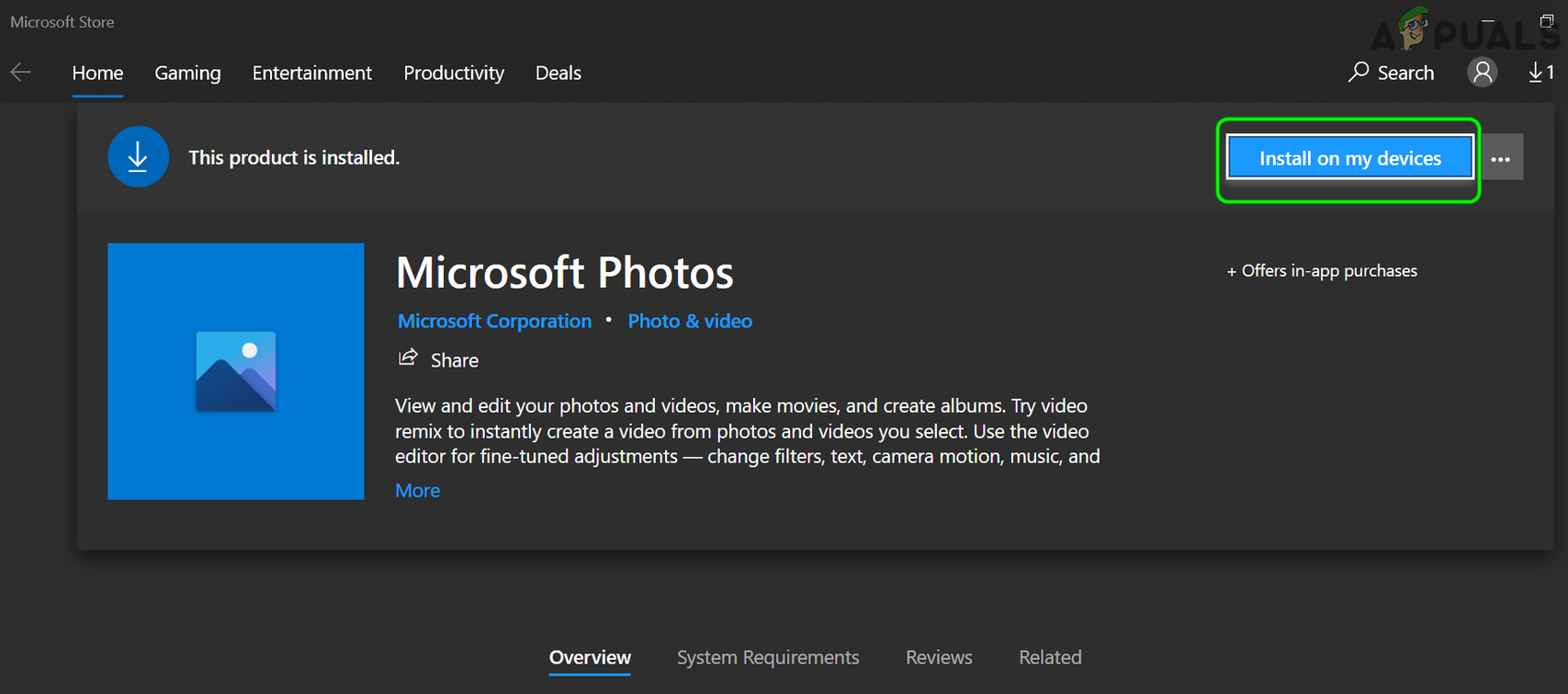Fix: ‘WinRT Storage API’ Has taken over as the Default App
WinRT (Windows Runtime) Storage API is a system32 file of your system named as windows.storage.dll. Usually, located at the following location:
\Windows\System32
The issue arises when many of the default system apps are set to open with WinRT Storage API. This issue mainly affects the system’s built-in apps like Calc, Photos, etc. When a user encounters this issue, the Microsoft Store might also fail to launch.

Use the PowerShell to Remove WinRT Storage API from the Default App
To restore the Apps association to the defaults and solve the WinRT Storage API issue, you can use the PowerShell cmdlets. Before moving on, create a system restore point if things do not go well.
- Right-click Windows and in the Quick Access menu, select PowerShell (Admin).
- Now execute the following cmdlet in the PowerShell window:
Get-AppXPackage *WindowsStore* -AllUsers | Foreach {Add-AppxPackage -DisableDevelopmentMode -Register "$($_.InstallLocation)\AppXManifest.xml"}
Disable Development Mode Through the PowerShell - Then check if the Microsoft Store can be opened (either from the Start Menu or Quick Launch).
If so, then you may have to reinstall some built-in applications (like Calculator, Photos, etc.). For illustration, we will discuss the reinstallation process for the Microsoft Photos.
- Launch a web browser and navigate to the Microsoft Photos page of the Microsoft Store website.
- Then, on the Microsoft Phots page, click on the Install/Open button, and in the prompt-box shown, click on Open Microsoft Store.

Open Microsoft Photos in Microsoft Store from the Website - Now wait till the Microsoft Photos page of the Microsoft Store is shown and then click on the Get, Install, or Install on My Devices button.

Install Microsoft Photos from the Microsoft Store - Then let the Microsoft Photos install and afterward, launch the Photos app to check if it is properly installed.
You may have to repeat the same to install all other built-in apps (if required). To find a URL for another application, you may Google the application name with the Microsoft Store name like Calculator Microsoft Store.

If the issue persists, then you may have to perform an in-place upgrade (download the ISO file of Windows 10 and launch its setup file as administrator). If that fails, then you may have to perform the clean installation of Windows 10.




